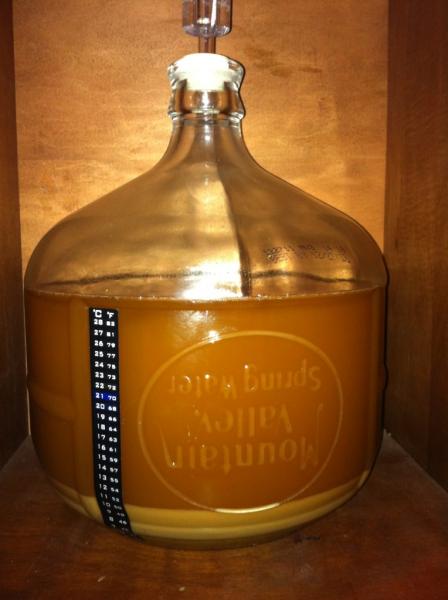Ok this is only my 2nd batch of beer. The first was in a Mr. Beer kit so I couldnt really see the sediment. This batch I did a partial mash. I used the HME from Mr Beer for the Whispering wheat, then I mashed 2 lbs of 2-row along with 6 oz of 60L Crystal. I sparged this after letting it rest for 1 hour at 155 degrees. Then I boiled the wort 1 hour. At 55 mins into boil I added .5 oz of Amarillo hops and .5 oz of Simcoe hops. I cooled the wort pot in an ice bath to cool, added the wort to spring water to make 8.5 quarts, and added safale US-05 yeast. The picture I attached is about 1 hour after I put it in the 2.5 gallon carboy. Check out the sediment in the bottom. Is it suppose to have this much about an hour after pitching?




